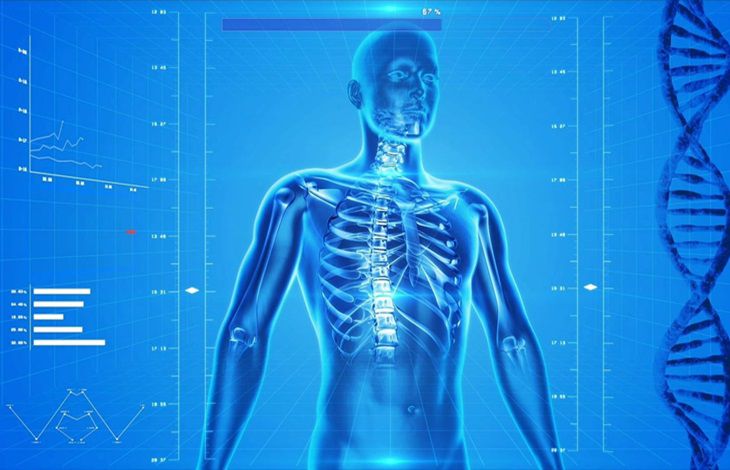Ancient viruses helped: scientists launched the process of bone regeneration
Scientists have made an important step towards treating osteoporosis.
Researchers from the King Abdullah University of Science and Technology (Saudi Arabia) have been able to initiate the process of bone regeneration.
The scientists outlined the essence of their technology in a scientific paper for the EMBO Journal .
Researchers were helped by particles of ancient viruses in RNA.
The human genome is made up of approximately 50% so-called "transposable elements" (TEs). They originate from prehistoric viruses.

Scientists have discovered that one such TE, called LINE-1 RNA, plays a vital role in the mechanism of bone repair.
LINE-1 RNA levels increase after a fracture, but only for a short period of time.
This TE initiates a program of regulated inflammation that produces a specific signal for repair.
The researchers added this RNA to osteoblasts in diseased bone tissue and found that new cell growth accelerated.
This can be considered a breakthrough in the treatment of many pathologies associated with bones. Scientists have confirmed that the method works in the treatment of osteoporosis in patients with brittle bones.
It is noted that the discovery has enormous potential. It can be used to create new methods of treating various body tissues.
